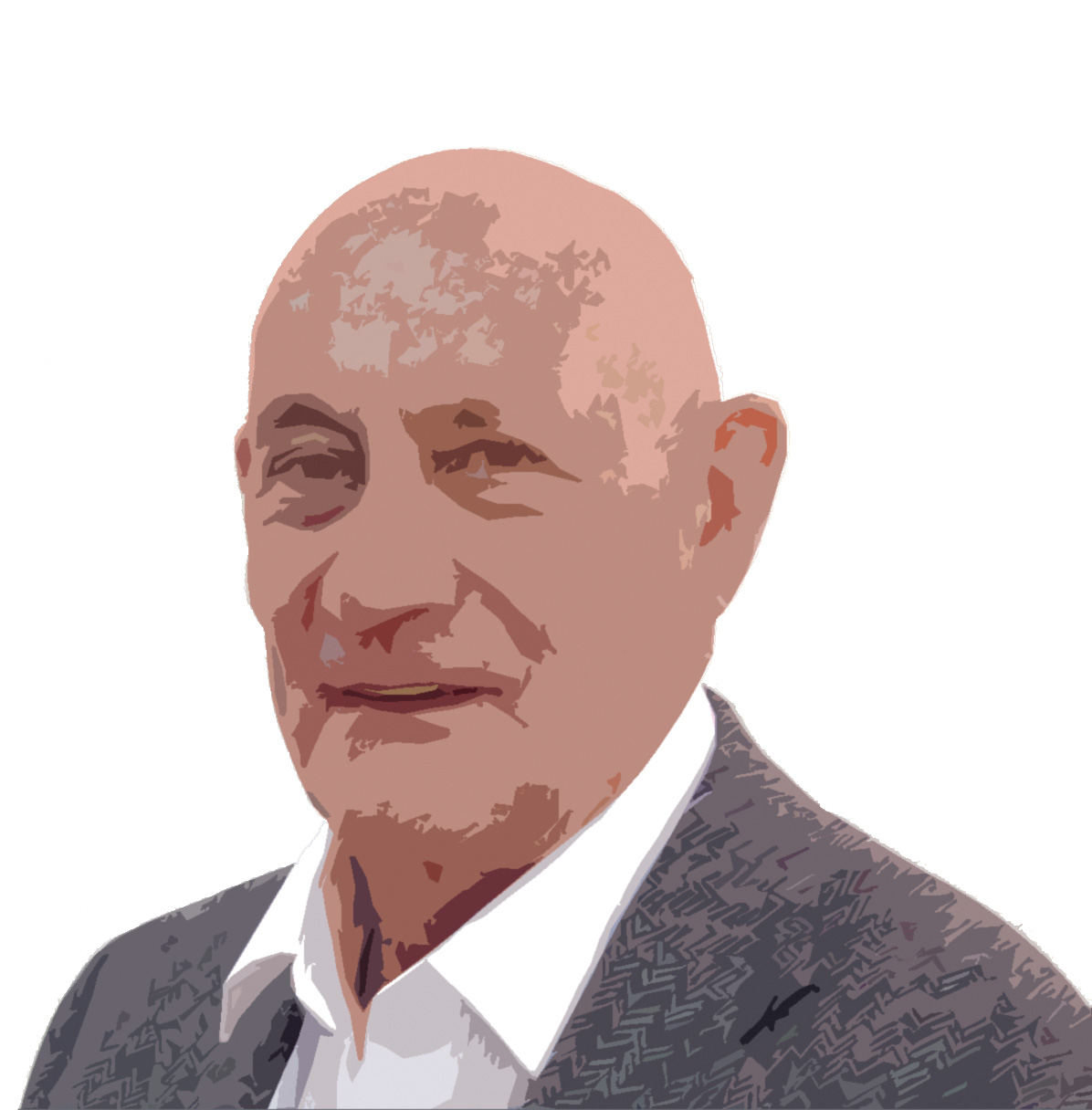David Francis is a hands-on mason who has specialised for many years on the memorial side of the stone industry. He was Technical Advisor to the National Association of Memorial Masons, writing manuals and City & Guilds Qualifications. If you have an issue regarding any aspect of memorial masonry, David is happy to help. Send your questions or comments to David at nss@qmj.co.uk.
What does your cemetery or churchyard look like? Is it a sea of black with the occasional different coloured stones? Or are there lots of interesting memorials? Is the grass cut? Are the roads swept?
The area where I live now is in South East England and is mainly small villages. The traditional churches usually have a churchyard, with many still having space for new burials.
These churchyards have in some cases been extended or nearby new sites opened, often still administered by the church or the local parish council.
I asked a vicar friend how much training he had in understanding the fabric of the buildings or administrating a burial ground he would one day take over. His reply was: ‘None’.
The variety in rural burial grounds makes them pleasant places to visit. There is less regimentation, except sometimes in the newer sections. The types of memorials follow the same practice that has been carried on for years. The vicar usually approves the memorials to be erected, although I do sometimes wonder where the rules have come from.
The Churchyard Handbook makes recommendations that British stones should be used and be unpolished. It does list some preferred materials, including an obscure South African one.
In the older parts of churchyards I often come across marble headstones, often badly stained or covered with ivy, which nowadays is frowned upon.
Local Authority burial grounds are set out from the beginning in plots with paths and roads. This can mean a visit is less interesting, with rows of polished black lawn memorials most commonly seen. It is, of course, the customer who chooses what type of memorial to place on the grave, with fewer restrictions these days than there used to be.
However, the decision about which memorial to choose is often influenced by the memorials the bereaved see in the cemetery they will be using.
The memorial mason simply carries out instructions. But it is such a pity that more of the industry does not try to offer more interesting alternatives.
Your local cemetery is your most important showroom, especially the ones that allow trade names on the memorials.
Relatives of newly buried family members will look around the cemetery for inspiration for their commemoration stone. They inspect the workmanship. They notice those that have come apart.
As memorial fixers we have a responsibility to keep the cemetery neat and tidy, always disposing of excess soil. Placing new turf round the finished memorial not only pleases the customer but also the general public taking an interest. Mud round a new memorial is not very encouraging for the customer arriving to put flowers on a grave.
I could never understand why I had so little support from the trade for the Cemetery of the Year competition when it used to be run by MAB (which these days stands for the Memorial Advisory Board).
The competition was intended to encourage burial authorities to allow more variety of memorials on their sites. And it seems to have worked, as part of a campaign by MAB and others.
I was a judge of those competitions for nine years. I felt improving the cemetery environment would make people more disposed to buying a better memorial.
We need cemeteries we are proud of. They should be tidy and well kept for the benefit of everyone visiting (and not become a means of raising money to supplement the rates!). But we must do our bit when fixing memorials to ensure we leave the area we are working in a presentable state.

